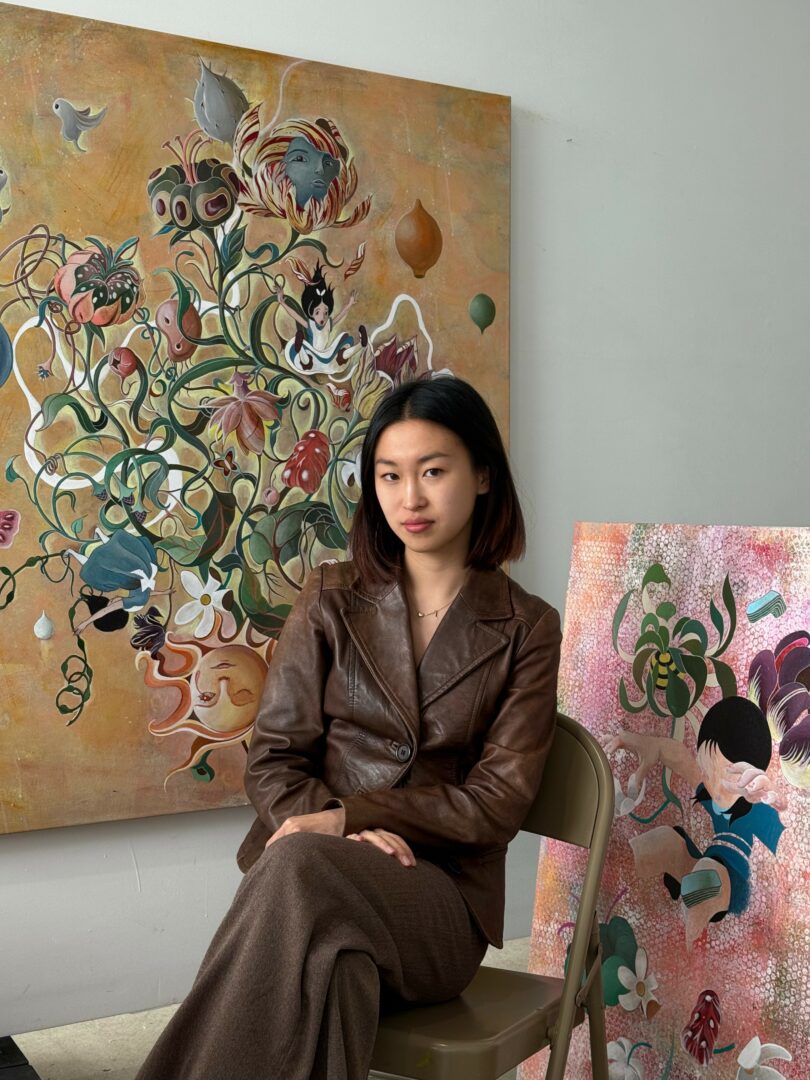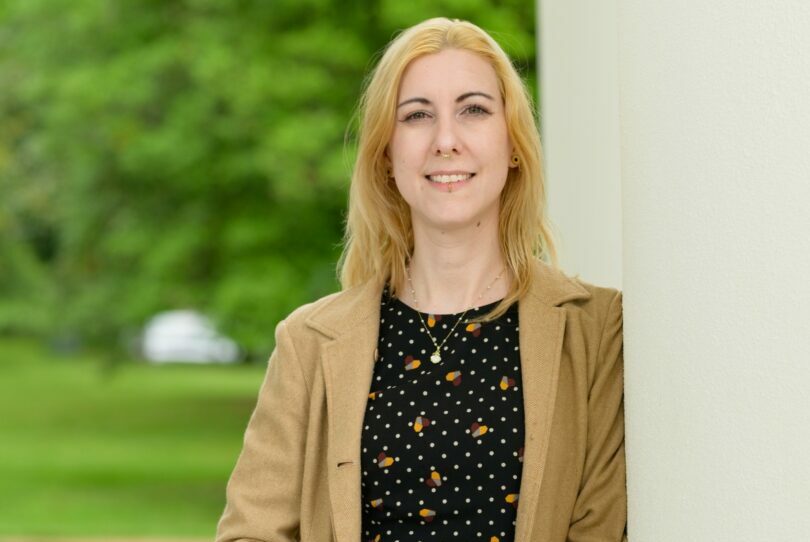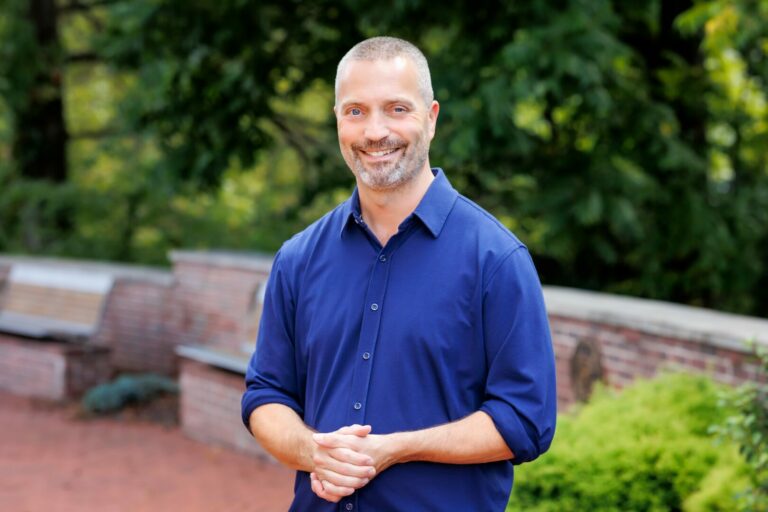We were lucky to catch up with Angela Wei recently and have shared our conversation below.
Angela, thank you so much for joining us today. Let’s jump right into something we’re really interested in hearing about from you – being the only one in the room. So many of us find ourselves as the only woman in the room, the only immigrant or the only artist in the room, etc. Can you talk to us about how you have learned to be effective and successful in situations where you are the only one in the room like you?
In some ways, I like to consider being different as a strength rather than a disadvantage. When I find myself in spaces where I may be outnumbered—whether because of my race, gender, or age—I try to embrace those differences as a marker of uniqueness and individuality. Instead of dwelling on being “the only one in the room,” I take pride in it, viewing it as an opportunity to stand out and bring a perspective that others might overlook. Whether that means being the only Asian American, the only woman, or the youngest person at the table, I’ve learned to lean into those distinctions as qualities that make me more interesting and memorable. Maybe there is something unhealthy in wanting to be special, but I’m not sure.
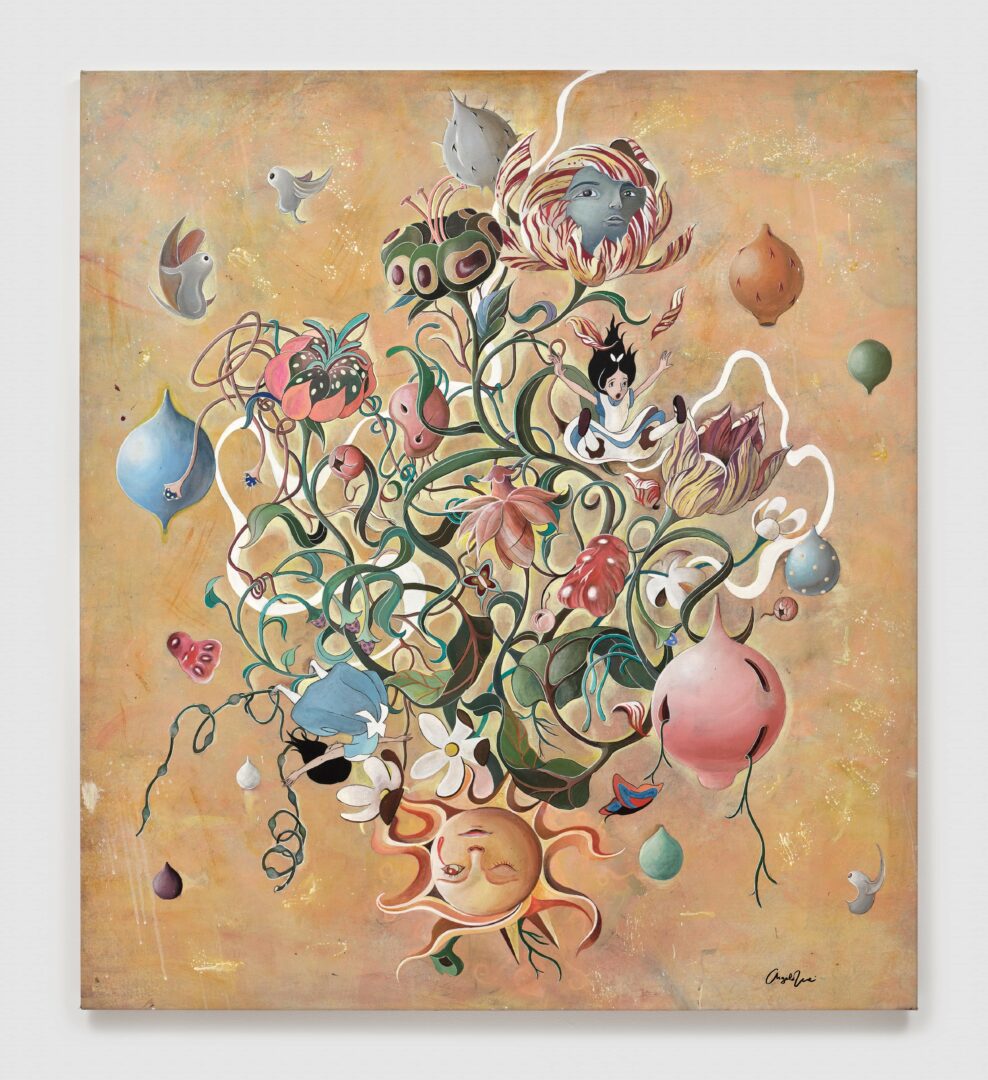
Great, so let’s take a few minutes and cover your story. What should folks know about you and what you do?
I am a New York–based visual artist who makes large-scale acrylic paintings that are atmospheric, dreamlike worlds. My practice draws inspiration from Impressionist color palettes, Chinese scroll painting, and the Japanese superflat movement, while also reflecting my hybrid identity as a Chinese-Canadian woman. Control is a theme that is a through line in my works, it’s something that has both been missing in my life and yet I constantly try to grasp onto, perhaps for that very reason. While my linework and style is very controlled, I often portray characters in moments of free fall and suspense which embody destabilization to reflect the tension in my inability to gain full control.
What I find most exciting is the ability to weave together seemingly disparate influences—Renaissance precision, East Asian aesthetics, and Western modernism—into a cohesive visual language that feels both deeply personal and universally resonant. I often pull from vivid dreams, repressed memories, and psychological theories, transforming them into immersive environments.
I will be showing my work at CICA museum in Korea next year, and am working on some exciting brand collaborations at the moment. Stay tuned!
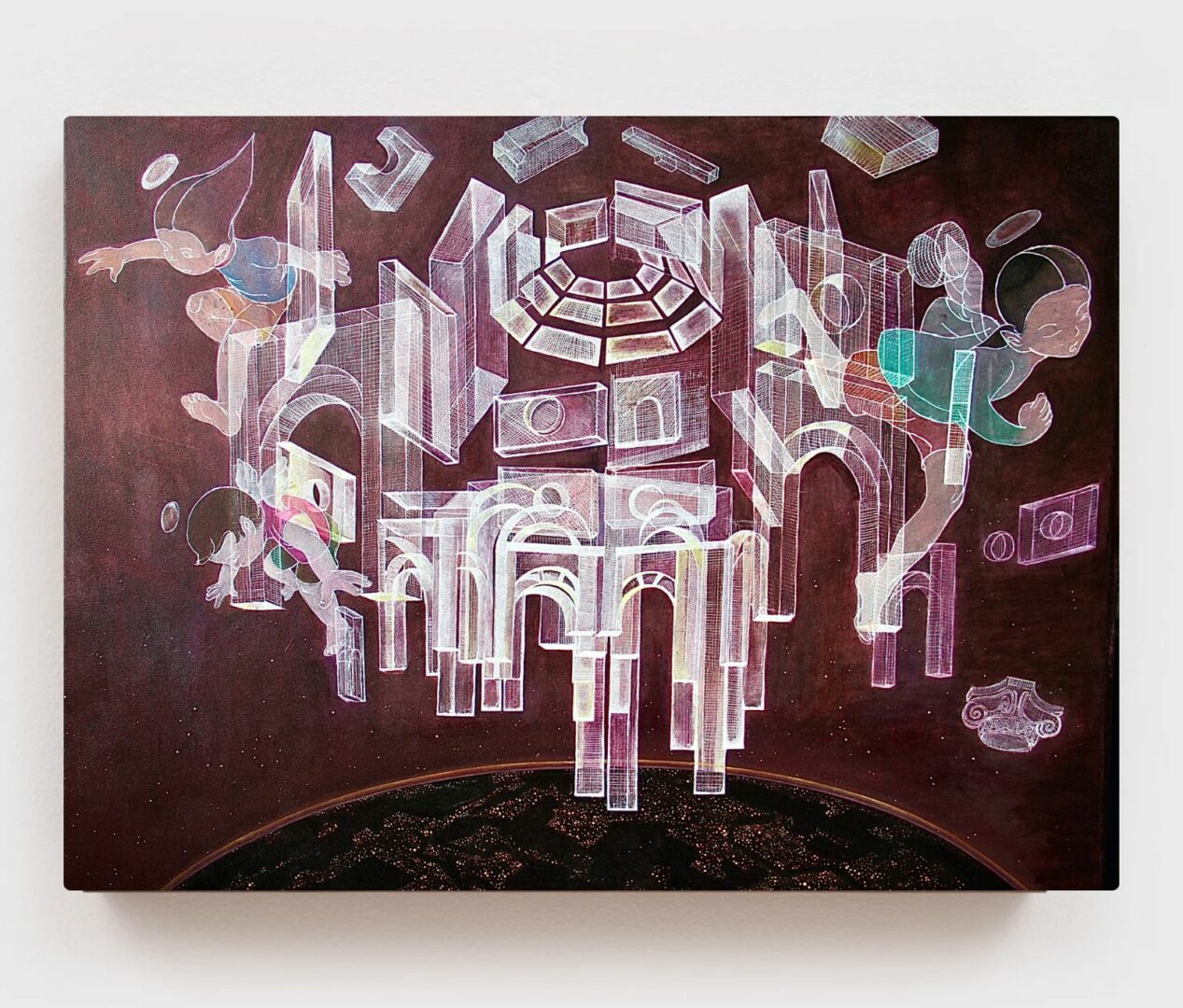
Looking back, what do you think were the three qualities, skills, or areas of knowledge that were most impactful in your journey? What advice do you have for folks who are early in their journey in terms of how they can best develop or improve on these?
Curiosity has always driven me—whether that meant spending weekends as a child exploring the National Gallery of Canada, or later diving into Impressionist techniques, Chinese scroll painting, and contemporary cultural theory. Staying curious has kept my practice evolving and open to new influences.
Resilience has also been essential. Pursuing a creative path means facing rejection and uncertainty, but I’ve learned to view those challenges as opportunities to refine my vision and deepen my commitment to my work.
Finally, embracing hybridity—acknowledging and celebrating my Chinese-Canadian background and the mix of artistic traditions that inspire me—has shaped my unique voice. Rather than fitting into one category, I’ve leaned into the intersections that make my perspective distinct.
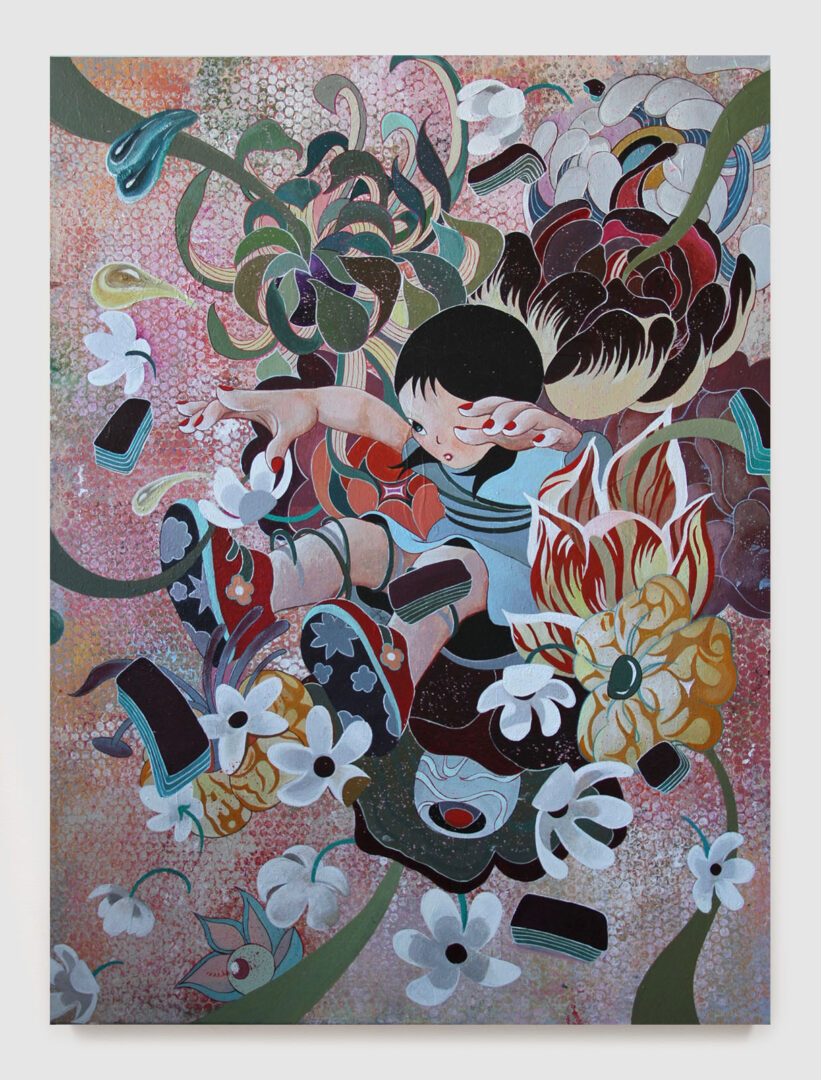
What is the number one obstacle or challenge you are currently facing and what are you doing to try to resolve or overcome this challenge?
I am always trying to overcome comparison. I think I tend to compare myself easily to my peers, especially professionally. As someone whose career path isn’t necessarily linear, the comparison is actually pretty unrealistic because everyone is on such a different timeline. I’ve been working on shifting my focus inward—measuring progress against my own growth rather than someone else’s milestones. That means celebrating small wins in the studio, trusting the pace of my own development, and reminding myself that longevity in an art career comes from consistency, not speed. It’s a challenge I still face, but I’m learning to turn comparison into motivation while staying grounded in my own path.
Contact Info:
- Website: https://angelawei.cargo.site/
- Instagram: https://www.instagram.com/theangelawei/
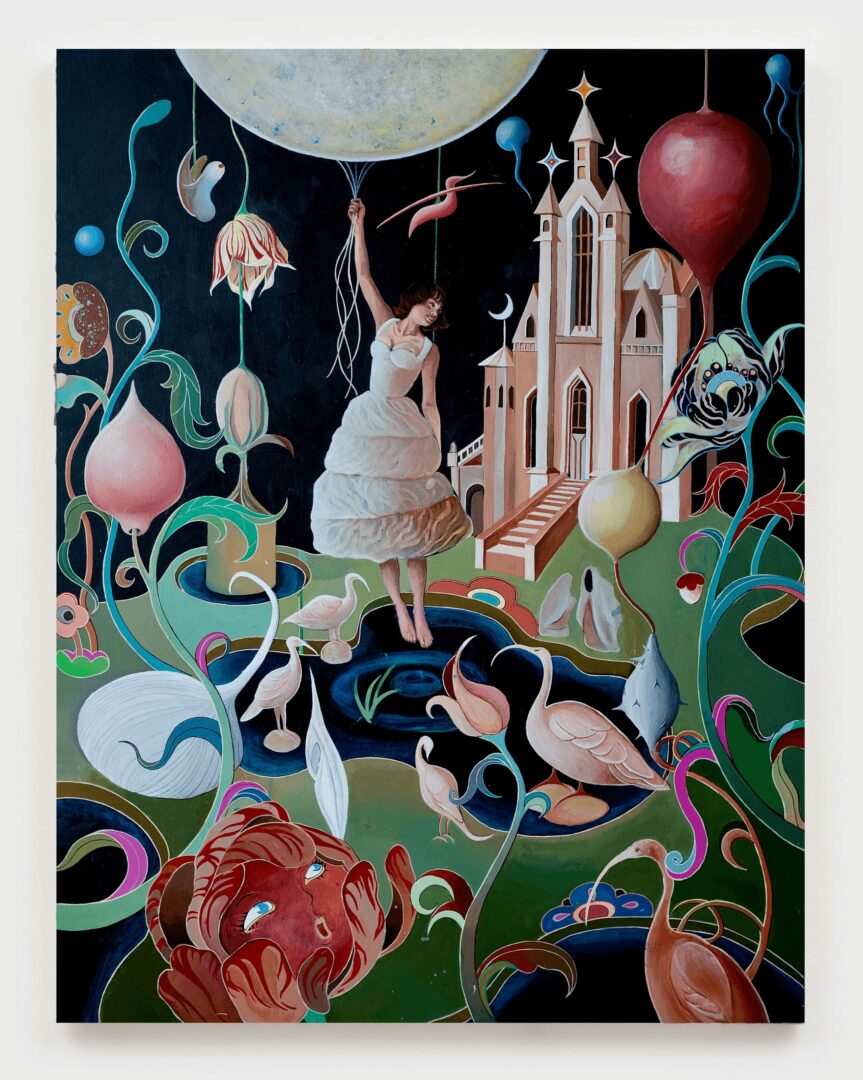
so if you or someone you know deserves recognition please let us know here.

